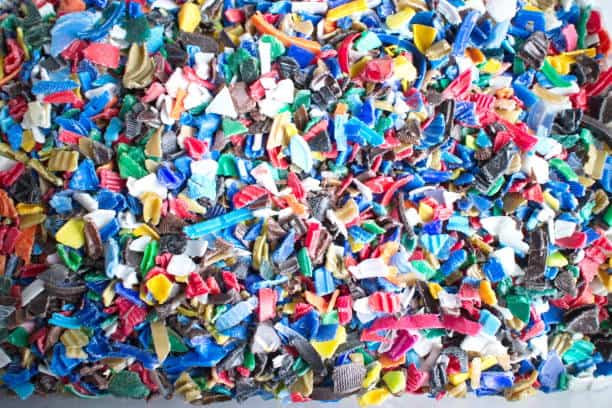The Plastic Shredding Process
Plastic shredding reduces the size of plastic materials by breaking them down into smaller pieces, usually through mechanical shredders. This process is a crucial step in the recycling and waste management industries, playing a vital role in the lifecycle of plastic products. As concerns over plastic pollution and environmental sustainability grow, plastic shredding has become more prominent as part of the broader effort to manage and reduce the harmful impacts of plastic waste.
Plastic shredding typically begins with collecting plastic waste, which can come from various sources, such as post-consumer products (like packaging materials, bottles, and containers), industrial waste, and manufacturing scraps. The plastic waste is sorted by type to ensure that the right kind of plastic is shredded.
Once sorted, the plastic waste is fed into a machine known as a plastic shredder. Different types of shredders, such as single-shaft, multi-shaft, and granulators, are designed for specific shredding needs. The shredder uses rotating blades or knives to cut the plastic into smaller fragments, reducing them to pieces that can vary in size depending on the shredder’s settings. Depending on its intended use, the shredded plastic can then be further processed through additional steps like washing, melting, or extruding.
Does Plastic Shredding Help the Environment?
Plastic shredding is essential in reducing plastic waste, but its environmental benefits depend on how the shredded material is handled after processing. There are several ways that plastic shredding helps the environment, but there are also some limitations to consider.
1. Facilitates Recycling
One of the primary environmental benefits of plastic shredding is that it makes recycling easier and more efficient. Large plastic items cannot be easily recycled due to their size and shape, but shredding them into smaller pieces helps recyclers handle the material more effectively. Shredded plastic can be sorted by type and then processed into new raw materials, which can be used to create various products, from new plastic packaging to textiles and construction materials.
By facilitating recycling, plastic shredding helps reduce the need for virgin plastic production, a resource-intensive process involving fossil fuels. Recycling shredded plastic also reduces the amount of plastic that ends up in landfills or incinerators, which have negative environmental impacts. Landfills contribute to soil and water contamination, while incineration releases harmful emissions into the atmosphere.
2. Reduces Plastic Pollution
Plastic pollution, particularly microplastics, is one of the most pressing environmental challenges today. Microplastics are tiny plastic particles that break down from larger plastic items over time and can end up in oceans, rivers, and ecosystems, harming wildlife and contaminating water sources.
While shredding plastic does not directly prevent microplastic pollution, it can contribute to better plastic waste management by ensuring that large plastic items are properly processed and not left to degrade in the environment. Shredded plastic that is recycled into new products is less likely to end up in the natural environment, thereby helping to mitigate the spread of plastic pollution.
3. Supports a Circular Economy
Plastic shredding also plays a key role in supporting the circular economy, a system where materials are continuously reused, recycled, and repurposed to minimize waste. In a circular economy, the goal is to keep resources in use for as long as possible by finding ways to extend the life cycle of products and materials. By shredding plastic and transforming it into new raw materials, the plastic can be reintroduced into the production process rather than discarded.
This conserves resources and reduces the environmental footprint of plastic production. A circular economy reduces the reliance on fossil fuels and minimizes greenhouse gas emissions by lowering the demand for new plastic production.
4. Energy Efficiency and Resource Management
Shredding plastic is often a more energy-efficient way of dealing with plastic waste than other methods, such as burning or chemically breaking down the plastic. The energy required for shredding is relatively low, and the process reduces transportation costs by making it easier to move and handle large volumes of plastic waste. This efficiency further benefits the environment by decreasing the carbon footprint of waste management processes.
Limitations of Plastic Shredding
Despite its benefits, plastic shredding is not a complete solution to plastic waste. Not all types of plastic are recyclable; even when shredded, some plastic materials cannot be effectively processed into new products. Additionally, plastic contaminated with food waste or other materials can be challenging to recycle even after shredding.
Another concern is the potential for downcycling, a process where recycled plastic is turned into products of lower quality than the original material. Shredded plastic may not always be turned into high-value products, limiting its usefulness in a circular economy.
Conclusion
Plastic shredding is an essential component of plastic waste management and recycling. While plastic shredding alone cannot solve the plastic waste crisis, it plays a crucial role in managing plastic’s environmental impact. It should be part of a broader strategy to reduce plastic use, improve recycling technologies, and promote sustainable resource management.





